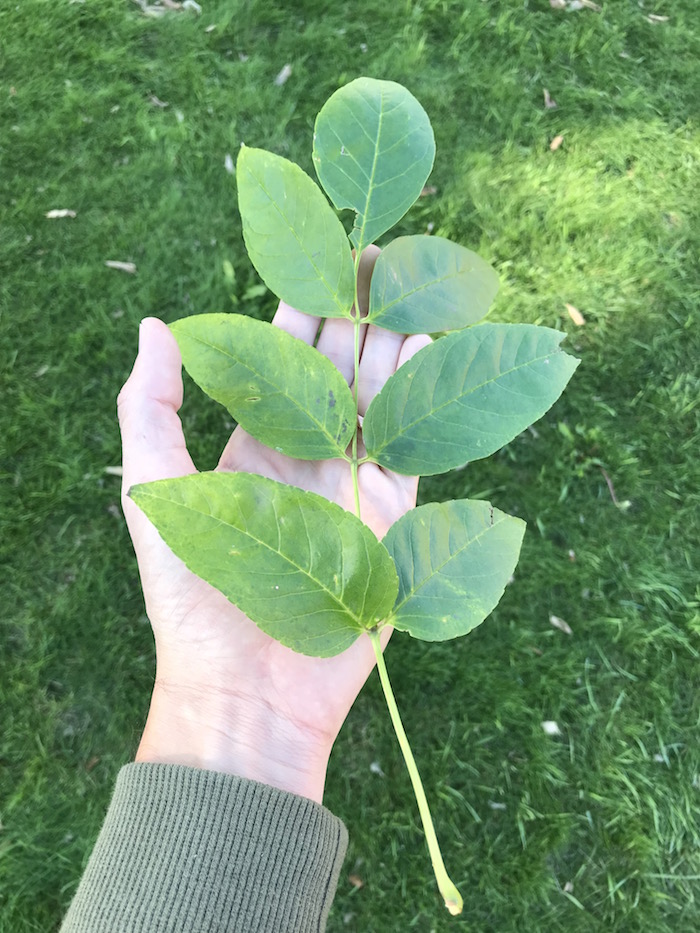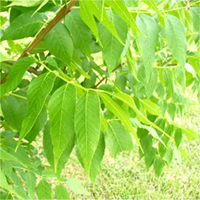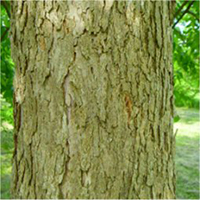blue ash tree identification
When stained ash can look very similar to oak Quercus spp although oaks have much wider rays which are visible on all wood surfaceseven on flatsawn surfaces where they appear as short. Blue Ash Fraxinus quadrangulata White Ash Fraxinus americana A tree species native to eastern North America found on mesic sites in early to mid stages of forest succession.
Blue ash trees get their name from a dark blue or black dye extracted from the trees inner bark.
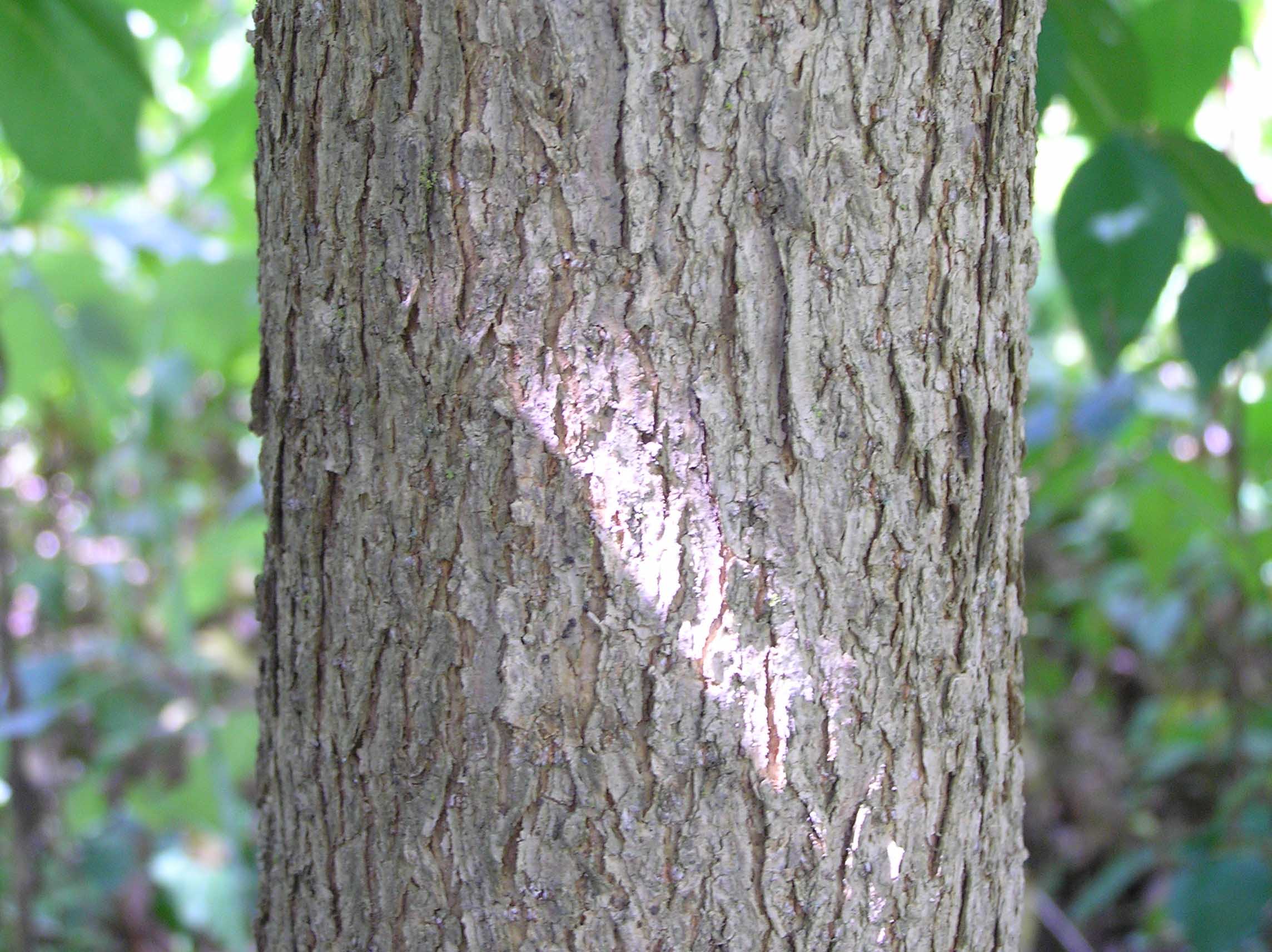
. This is the quality for. This means that pairs of branches extend off of the tree from the same point but on opposite sides. The first step in determining if a tree has been infested with EAB is to make certain that it is an ash tree.
The blue ash is a medium sized tree that usually grows 15-20 meters tall. 2 3 PREFACE The Ash genus Fraxinus is one of the largest genera of trees in North AmericaAsh species may comprise up to 60 percent of total tree diameter in forests of the northeastern United States. The blue ash is a medium-sized tree that can be identified by its squarish twigs which is the origin of the botanical name Fraxinus quadrangulata or four-cornered ash.
White and green ash are the most commonly planted species in. Ash is a member of the olive family and consequently has some unlikely relatives including forsythia lilac privet and olive. A few other trees like mountain ash and prickly ash look similar to ash.
Its not quite as strong or dense as the related White Ash Fraxinus americana. The leaves are 8 to 12 inches long with 7 to 11 leaflets 3 to 5 inches long oval or lance shaped and finely toothed margins. Fraxinus quadrangulata the blue ash is a species of ash native primarily to the Midwestern United States from Oklahoma to Michigan as well as the Bluegrass region of Kentucky and the Nashville Basin region of TennesseeIsolated populations exist in Alabama Southern Ontario and small sections of the Appalachian Mountains.
The trunk can be straight or irregular and the crown is narrow small and rounded. It is native to North America however in Ontario in only grows in isolated communities including in southwestern Ontario near Lake Erie. It has complex leaves with 5-11 leaflets based on the specific species of ash.
Blue ash Fraxinus quadrangulata These types of ash trees tolerate urban pollution and their cultivars are often seen as street trees. Leaflets are somewhat toothed and might be stalked. It is typically found over calcareous substrates.
Blue ash is a relatively uncommon species of ash in Minnesota that has become even more uncommon due to the Emerald Ash Borer. You can identify the Ash tree by its leaves branches bark and the seeds. Extension Bulletin E-2942 New May 2005.
Fruiting occurs early July through late August. Pennsylvanica green ash F. Green and white ash are the most commonly found ash species in the Midwest.
The size of the blue ash 50 to 75 feet makes it a great shade tree. This color was extracted to make dye. Americana white ash F.
They are not true ash trees however and fall. To properly identify ash trees use the following criteria. 35 to 60 ft.
To identify an ash tree the first thing you should look for is opposite branching. The blue ash Fraxinus quadrangulata is a medium to large-sized tree that is usually 40 to 60 feet tall but can attain a height of 150 feet with a trunk diameter of 3 feet. 50 to 75 ft.
Quadrangulata as well as horticul- tural cultivars of these species. Only true ash are susceptible to attack by emerald ash borer. It is often found in deciduous floodplains along sandy beaches and on limestone outcrops.
Blooming occurs throughout June. Nigra and blue F. One very prominent feature that you can notice in the Ash tree is the arrangement of the leaves which is precisely opposite to one another on the branches.
Quadrangulata blue ash F. Blue ash a Midwest native is often found growing in limestone outcrops. Of the ash in Minnesota the blue ash is the easiest to identify due to the square edges of.
Ash trees always have opposite branching. While other woody plants such as mountainash and pricklyash have ash in their name they are not true ash or Fraxinus species. This native Indiana ash species can be differentiated from other members of the ash family by corky edges on the twig more branches lower on the stem and a platy ashy gray bark.
Theres an opposite branching pattern two branches come off the primary stem one on each side and opposite one another. Blue Ash is one of a handful of species in the Fraxinus genus that are used as commercial lumber. White ash Fraxinus americana green ash Fraxinus pennsylvanica and blue ash Fraxinus quadrangulata.
Its botanical namequadrangulatacomes from the trees four-sided twigs. How To Identify Blue Ash Trees Fraxinus quadrangulata The blue ash tree got its common name from its inner bark that will turn blue when it is exposed to air. Blue ash trees are medium-sized trees in the Fraxinus genus.
Green and white ash are the most commonly found ash species in the Midwest with blue ash being rare. It is the only eastern ash with square twigs. Ash trees are one of the common native tree species in the eastern United States and they are also frequently planted as street or landscaping trees.
In addition Fraxinus excelsior European Ash is sometimes cultivated as a landscape tree in the Eastern United States and Canada. Fraxinus quadrangulata is exclusively referred to as blue ash. 25 m and have an irregularly rounded crown.
This species can be identified year-round. There are three common species of ash in middle Tennessee. Ash species attacked by emerald ash borer include green Fraxinus pennsylvanica white F.
Due to emerald ash borer EAB susceptibility blue ash is not recommended for planting in this region and usually requires removal andor replacement. Leaves are opposite and compound with 5-9 short-stalked ovate leaflets. If you have any questions regarding wildlife trees forest management wood.
Ash trees in the genus Fraxinus are susceptible to attack by the emerald ash borer EAB a non-native insect. The ash trees dont grow taller than 82 ft. It was used by pioneers as blue dye.
COSEWIC Assessment and Status Report on the Blue Ash Fraxinus quadrangulata in Canada 2015-12-11 Blue Ash is a medium-sized tree roughly 20 m in height and up to 80 cm in diameter and is one of six ash species native to Canada. Flowers are bisexual small and numerous emerging as purplish-green. White Ash Fraxinus americana in particular is a keystone species providing food and habitat for numerous organisms from birds and mammals.
In this episode of ID That Tree Purdue Extension forester Lenny Farlee introduces the blue ash. Now look at the trees leaves. Similarly its branches are also located opposite to one another on the tree.
An ash tree is effortlessly identified by. This species is native to the Chicago region according to. It has distinctive 4-sided winged stems and gray platy bark.
Twigs are corky and distinctly four-sided hence the specific epithet. Blue Ash Fraxinus quadrangulata a Wisconsin Threatened plant is found in rich upland hardwoods often with dolomite near the surface. The blue ash genus name Fraxinus is from the Latin name for the Old World ash species.
Grows on Rocky Bluffs. Blue Ash Fraxinus quadrangulata A tree native to the midwest to central US the blue ash is easily identified by its peculiar square stem. Blue ash has a gelatinous substance on its inner bark that turns blue when exposed to air.
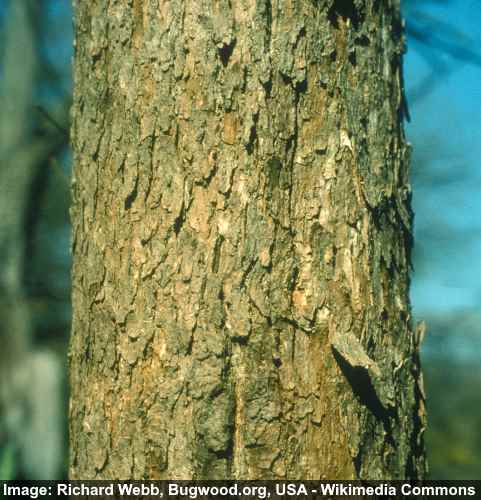
Ash Trees Types Bark And Leaves Identification Guide Pictures
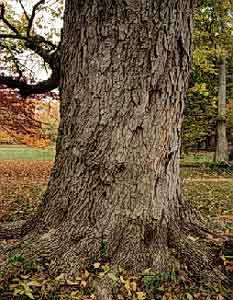
Blue Ash Department Of Horticulture

Blue Ash Natural Resource Stewardship

4 Things You Didn T Know About The Blue Ash Hobby Farms
How Do I Know If I Have An Ash Tree Vanderbilt Arboretum Vanderbilt University
Blue Ash Fraxinus Quadrangulata
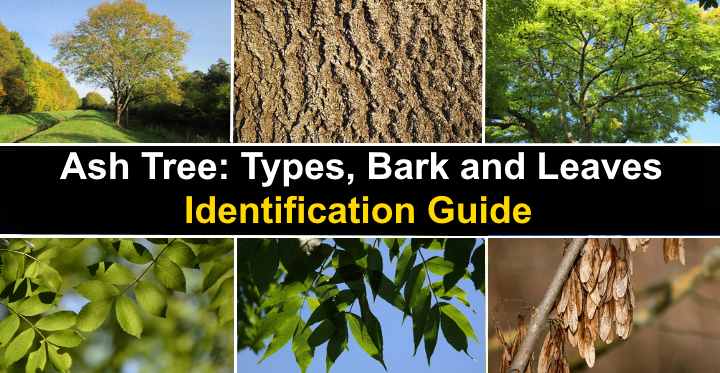
Ash Trees Types Bark And Leaves Identification Guide Pictures
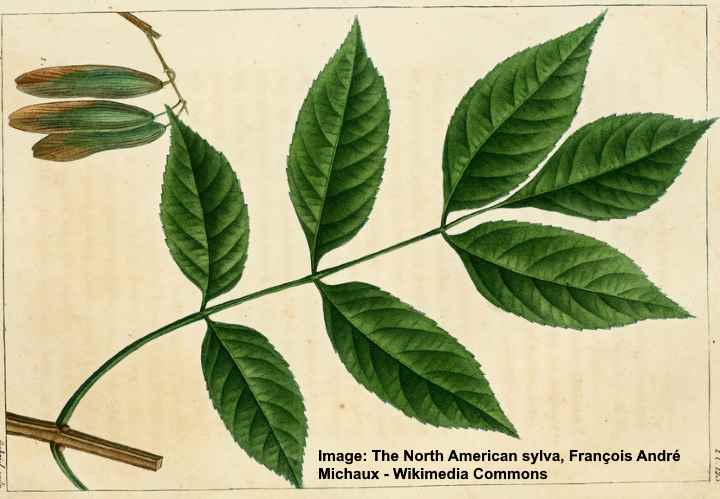
Ash Trees Types Bark And Leaves Identification Guide Pictures

Blue Ash Natural Resource Stewardship

Emerald Ash Borer Guelph A Community Response Initiative Page 3
Seeking Survivor Ash Trees The Michigan Nature Guy S Blog
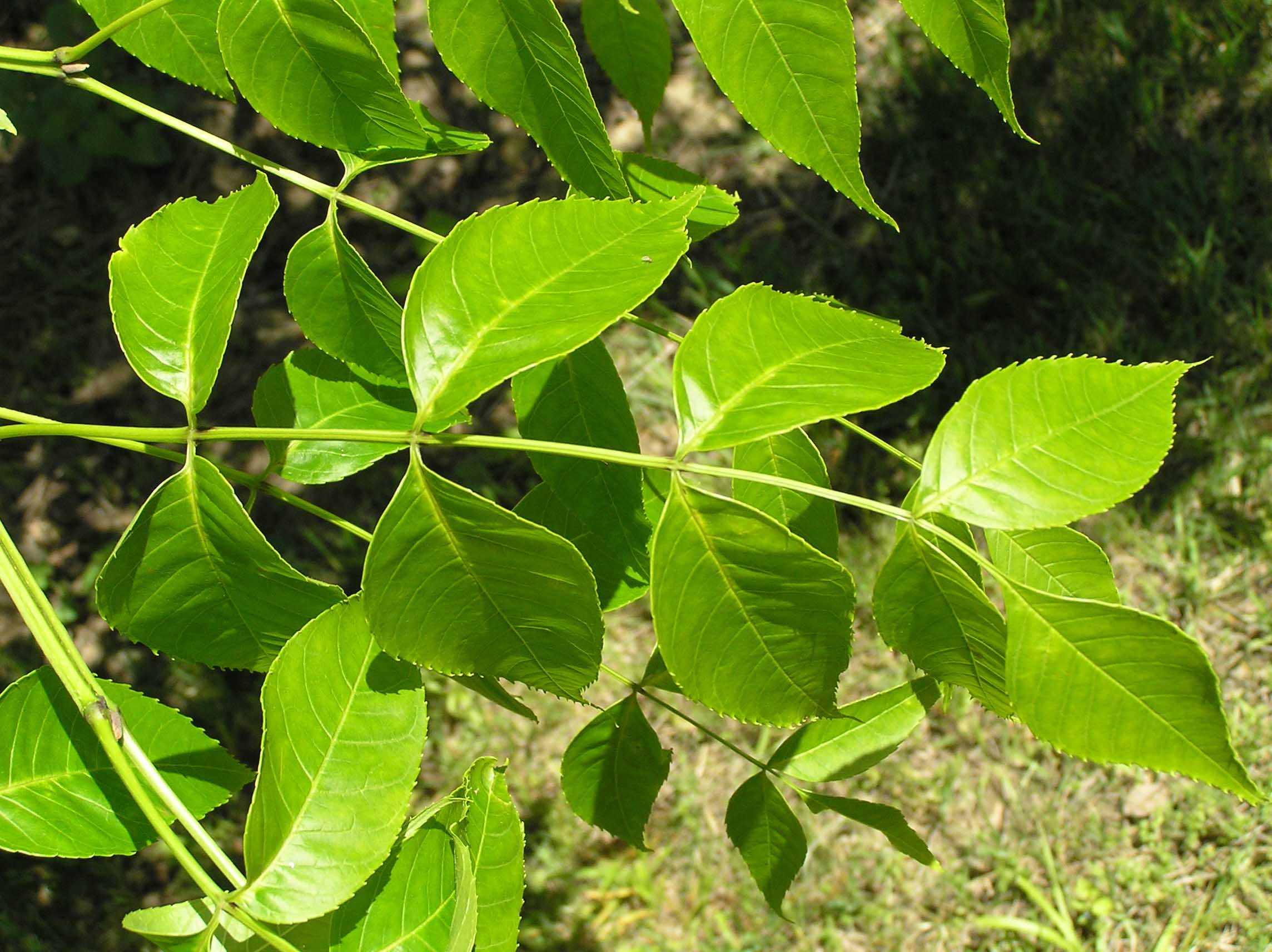
17 Ash Tree Species How To Easily Identify Differentiate Ash Trees
